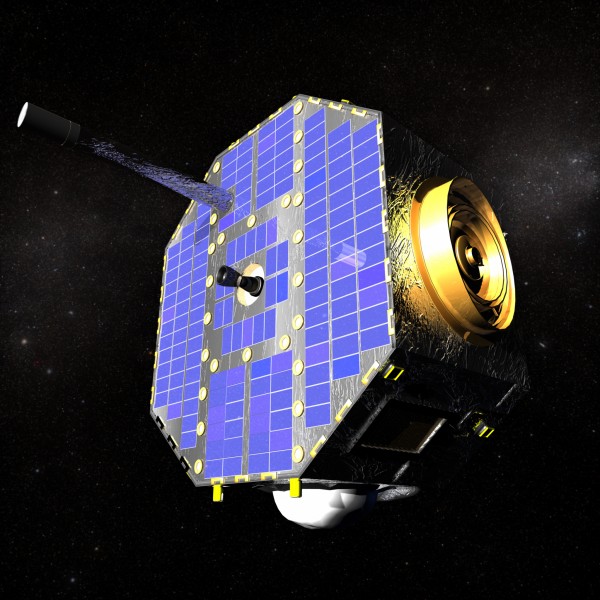NASA Grant Funds Look Beyond Solar System
MELBOURNE, FLA. — Florida Institute of Technology Research Professor Konstantin Gamayunov was recently awarded a three-year, $310,000 grant from NASA for his research studying the outer heliosheath, the region outside of the solar system where the sun’s influence ends.
The project, “Global system-based approach to test a mechanism of the IBEX ribbon formation in the outer heliosheath” is the continuation of Gamayunov’s and his colleagues’ research, which analyzes particles called energetic neutral atoms (ENA). These particles are visible using a small satellite called the Interstellar Boundary Explorer (IBEX) that NASA launched in 2008.
Results from IBEX have continually astonished the scientific community and overturned old theories. The goal of Gamayunov’s project is to investigate the mechanism of ENA formation; they are believed to form when solar wind protons and interstellar gases collide. Special attention will be paid to a ribbon of enhanced ENA emissions, which is a dominant and totally unexpected feature in IBEX all-sky ENA maps.
Understanding of the mechanism of ribbon formation will advance scientists’ knowledge of interaction between the heliosphere and the galactic medium. “It will help us to understand the role interstellar magnetic field plays in the heliosphere-local interstellar medium interaction,” Gamayunov said.
According to Daniel Batcheldor, associate professor and head of Florida Tech’s Physics and Space Sciences Department, “Just as the Earth’s magnetic field protects us from the damaging effects of some of the Sun’s radiation and particles, the large scale effects of the Sun itself reach out past the boundaries of our solar system and protect us from the potentially harmful environment of our own galaxy. Determining precisely how the Sun interacts with the rest of the galaxy could help us understand another important role the Sun plays in allowing life to prosper on our planet.”
Gamayunov will lead the team in the project, and his collaborators are Ming Zhang, Florida Tech professor of physics and space sciences, as well as researchers from the University of Alabama in Huntsville and University of New Hampshire.
###






